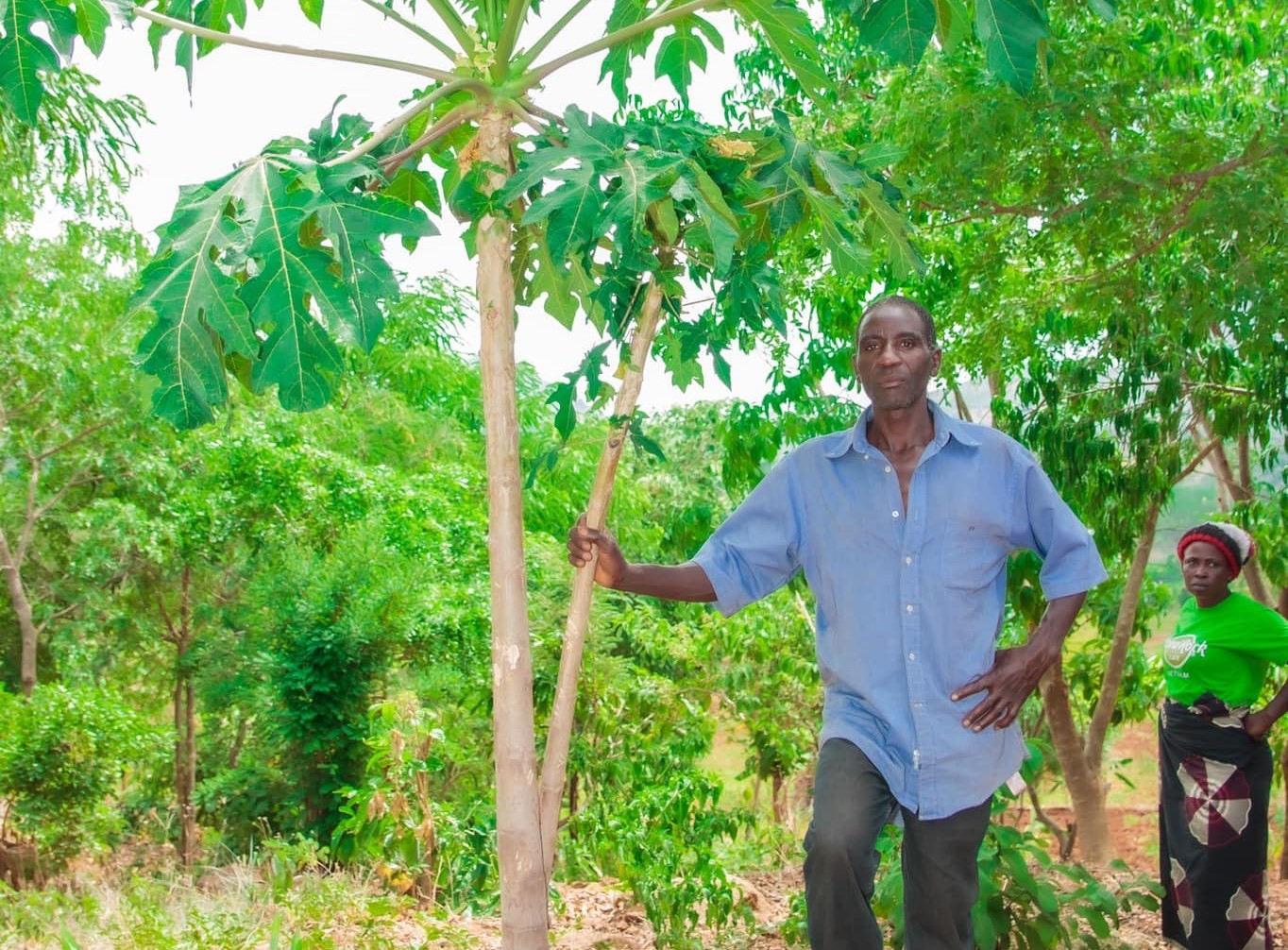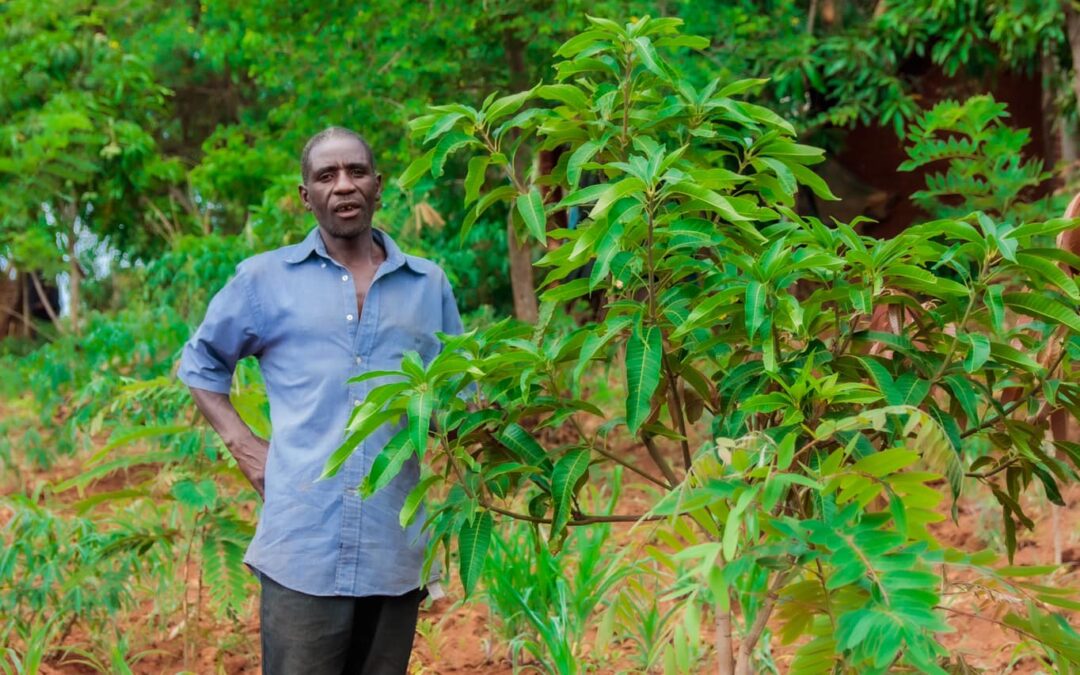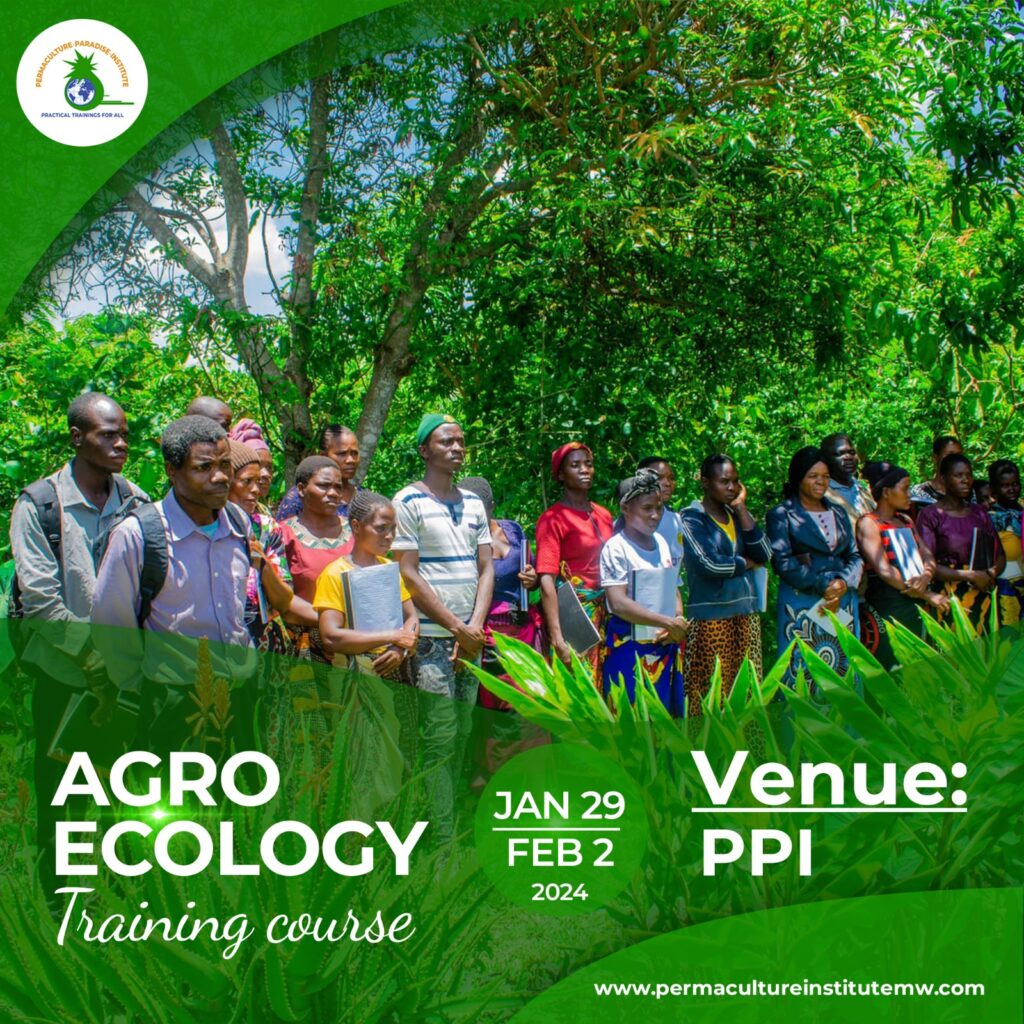In the arid stretches of Southern Malawi, where the land often thirsts for rain, a pioneering initiative is redefining agricultural resilience. The landscape, typically harsh and unforgiving during the dry seasons, now boasts an oasis of productivity thanks to the visionary efforts of a community-driven project.
Following the generous donation of rabbits and initial support, the project team embarked on follow-up visits to the farmers who received their first assistance. What they found was beyond heartening, it was a testament to the transformative power of sustainable farming practices. In the midst of the year’s driest months, while conventional farmers watched their crops wither, a group of farmers in Materwere 1 & 2, Chikapa, and Malajira villages, under the auspices of Traditional Authority Chikowi in Zomba district, reveled in an abundant harvest from their home gardens.
While neighboring maize crops wilted due to the unexpected absence of rains, these resilient farmers had diversified their agriculture. They not only harvested a variety of fruits- passion fruits, papayas, mangoes, bananas, apples but also experimented with agroforestry. Their rain-fed farms, traditionally reliant on maize, now boasted an array of agroforestry trees covering the soil, fixing vital nitrogen and providing a surplus of biomass.

What sets these farmers apart is their forward-thinking approach. In response to the changing climate patterns, they established additional tree nurseries, aiming to double their tree production. These nurseries serve as hubs of growth, nurturing saplings that will further fortify their food forests, ensuring increased resilience against future climatic uncertainties.
The success of this initiative extends beyond mere sustenance; it embodies a narrative of empowerment and adaptation. It showcases the remarkable resilience and innovation of communities in the face of environmental adversities. The story of Materwere 1 & 2, Chikapa and Malajira villages stands as a testament to the potential of community-led solutions in mitigating the impacts of climate change while securing food sovereignty.
In these villages, amidst the challenges of erratic rainfall and agricultural uncertainties, hope has taken root and blossomed into a sustainable revolution. It’s a testament to the unwavering commitment of these farmers, nurturing not just crops but an inspiring vision for a greener, more resilient future. Their journey inspires not only their local community but also serves as a beacon of hope for global efforts towards sustainable agriculture in the face of a changing climate.



